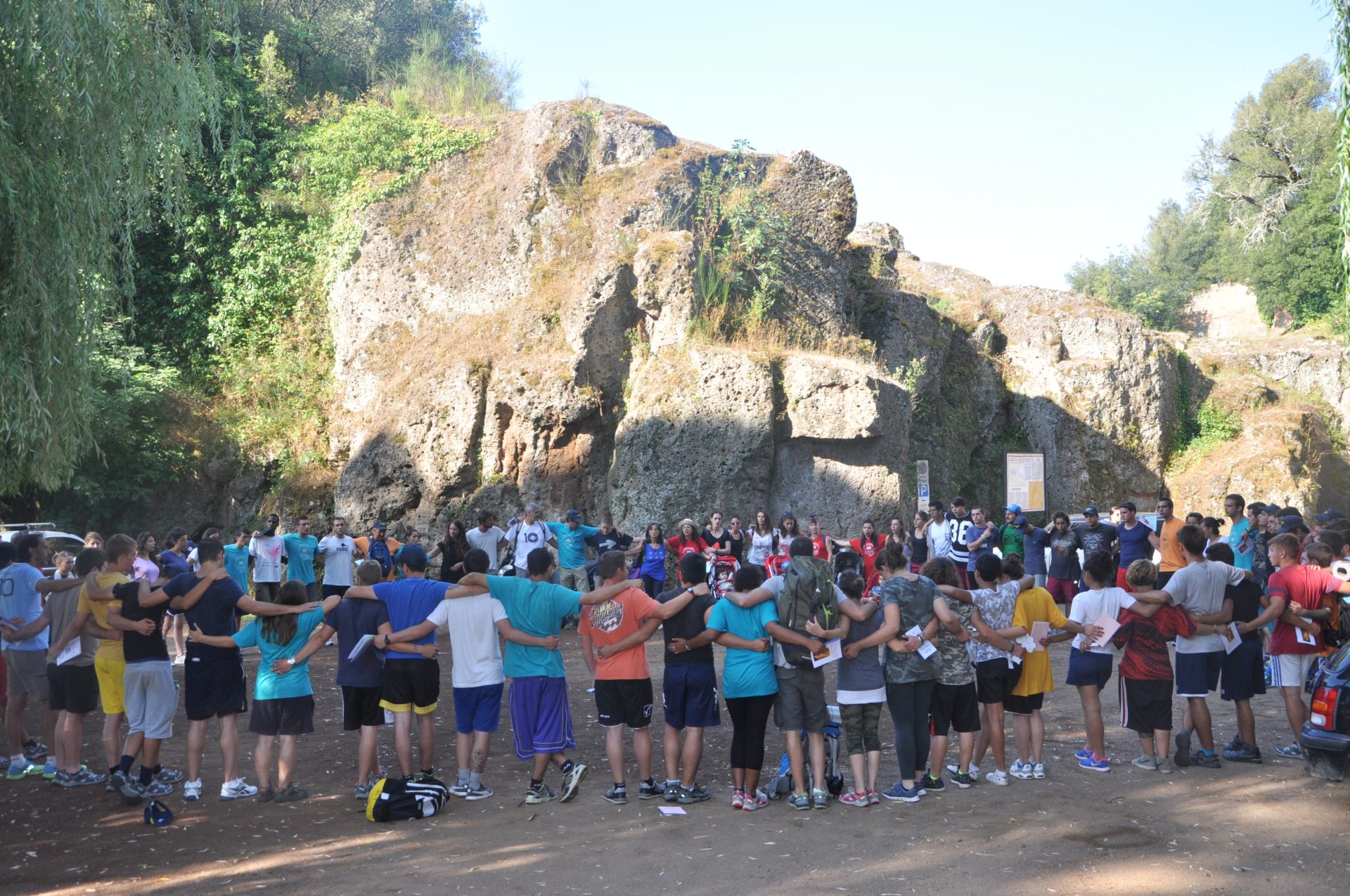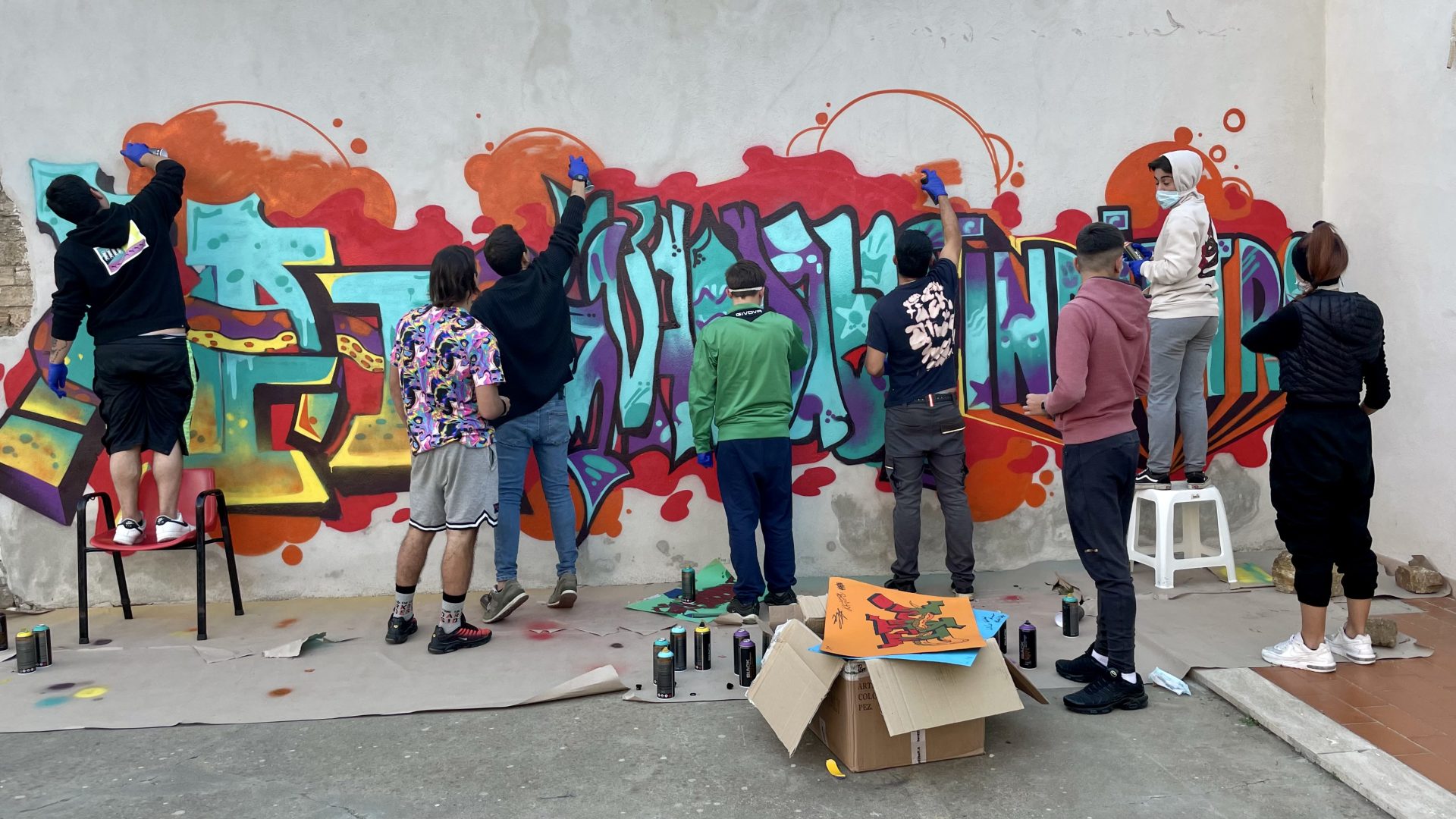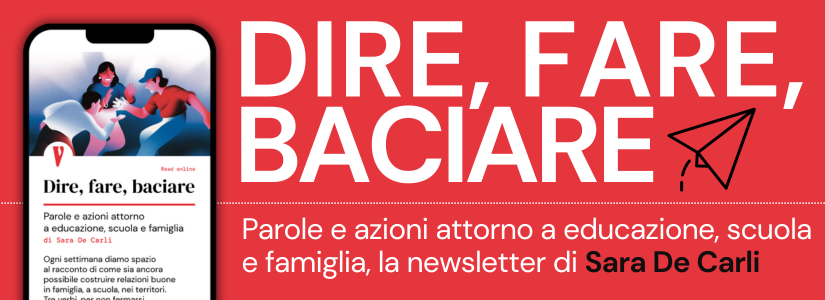When summer means binge drinking. Even at 12 years old.

With school closures, as happens every year, visits to the emergency room at the Bambino Gesù Children's Hospital in Rome for alcohol and, in some cases, substance abuse have increased: from the beginning of June to the beginning of August, there were 24. "Over the past four years, we've seen two to three more cases every summer compared to the previous one," says Sebastian Cristaldi , head of the emergency room at the Bambino Gesù Children's Hospital in Rome. "During this period, the lack of school, and the fact that adolescents are freer and more independent than a few years ago, makes it easier to abuse alcohol and drink excessively. The lowering of the age limit is very worrying: some are children as young as 12. "
Of the 24 admissions to the emergency room for substance abuse, 16 were hospitalized for alcohol poisoning . In six cases, alcohol was combined with the use of narcotics, particularly cannabinoids . In one case, alcohol was combined with cocaine, and in another case, the hospitalization was for cocaine use alone. Three minors arrived in an alcoholic coma , one of whom had abused alcohol along with narcotics. "The truly worrying figure is the age. Until four years ago, the average age was 14-17 , so the most significant case was 14. Now, unfortunately, we have cases of 12-year-olds who don't participate in the nightlife, but are left alone at home and have access to alcohol , which obviously none of us think to keep under lock and key," continues Cristaldi.
"This is exactly what happened in the last two cases. The last emergency room visit involved a twelve-year-old boy, who arrived in a pre-coma state , who had been left at home with two friends. When his parents returned, they found him completely drunk."
What does the emergency room pediatrician do when a child arrives with alcohol poisoning? "Evaluates their condition, recovers them clinically with the necessary therapy, and when they recover, they often don't hospitalize them. Alcohol-induced coma is the worst clinical condition they can present with, but there are other situations that have a less significant clinical impact in the acute setting," Cristaldi continues. " Chronic alcohol use in adolescence leads to damage in later life; as adults, they will get sick earlier: cardiovascular problems and organ dysfunction in terms of metabolic alterations will appear earlier . Beyond the organic damage, the fact that this individual is at greater risk of obesity , there is also an early neurological decline: we would have young adults who will have more difficulty learning at university ."
In the summer, kids are more likely to drink excessively, "but in the winter, it's not that it doesn't happen; it happens on weekends. We provide information to the kids who come to us and their families, if not preventative, at least in terms of future prospects, explaining what we did to treat them, how we got them out of that situation, even if it was just hydrating a minor who was vomiting. My biggest concern, the real problem, is the kids who don't make it to the hospital ," says Cristaldi.
"Often, the clinical symptoms are such that the teenager comes home drunk on Friday or Saturday night, goes to sleep, wakes up at noon, and the parents don't even realize what's happened . Assistance is impossible if they don't come asking for help. In my opinion, school, social media (which often convey misinformation), and community health should be the three most important channels that should work urgently on this issue."
According to Cristaldi, the problem isn't kids who have "a hangover or binge once in a lifetime , the kind some of us remember because it was a one-off episode. We're talking about adolescents who do it consistently , who are aware of the limitations that often lead to binge drinking, but don't develop clinical symptoms that require them to be taken to the hospital. With a day or two of recovery, they seemingly resume normal behavior, but in reality, the continuation of these behaviors leads to significant organic degeneration, which has been demonstrated." The kids arrive at the hospital brought by their parents or friends. "A very unfortunate thing we see is that adolescents who are taken to the emergency room by friends are often left alone . This gives a sense of precariousness with respect to the stability of relationships."
" When a teenager abuses alcohol, the danger is for them and for those around them, for example if they drive a minicar or a scooter, or if they behave aggressively . Alcohol abuse leads to impaired reflexes, with an inability to coordinate their movements, " says Marco Marano , head of the Poison Control Center at the Bambino Gesù Hospital in Rome.

" Teens who abuse alcohol, whether at a party, in a nightclub, or at a bar, sometimes drink excessively through a fairly common behavior called binge drinking , where they meet up and drink as much as possible to try to get drunk. The consequences of exposure to alcohol during developmental age, from a physiopathological standpoint, are due to the fact that during adolescence, this region of the brain is undergoing development and maturation. This maturation can be blocked, slowed, or altered following exposure to alcohol."
To better handle alcohol, adolescents also use energy drinks "because they contain stimulants, like caffeine and guarana. The problem is that kids use them in the hope of better handling alcohol, but in reality it diminishes their perception, slows the comedown effect of alcoholic beverages somewhat, and, consequently, they consume larger quantities," Marano continues. Between the ages of 10 and 12, "is the age at which kids can be induced to drink; to be accepted, they must conform to the behaviors of a group. So these are initiation rituals. In some cases, drunkorexia occurs: adolescents avoid eating food to continue drinking alcohol without the risk of ingesting too many calories and gaining weight ."
"We also receive requests for 14-year-olds in our community. We welcome minors and young adults up to 22 years old with addiction issues," says Massimiliano Zano , director of the Il Ponte community in Civitavecchia (Rome). "We currently host around 40 young people. In addition to alcohol abuse, the most common drugs are cocaine and crack , which is smoked cocaine, or 'cooked' as the kids say. Using cocaine in combination with alcohol often leads to states of agitation. While the risk was previously an overdose, which is dangerous and fatal but doesn't cause states of psychomotor agitation, the combination of cocaine and alcohol becomes yet another substance, leading to the development of paranoia and, above all, psychosis."
In addition to alcohol and cocaine, young people who abuse drugs arrive in the community, "benzodiazepines in particular because they are easily available, even for a few euros on the street . Benzodiazepines must be prescribed by a doctor under supervision, but some prescriptions are resold and a trade is created. Today, with the internet, you can order whatever you want, there is a very organized delivery of substances in some cities, such as Rome, and there is also little demonstration in the streets."

Zano emphasizes that "there's also a major problem among young people with THC (tetrahydrocannabinol) use, which shouldn't be underestimated: THC today is much more concentrated than in the 1970s and 1980s, and it often triggers episodes of psychosis. Today, it's become increasingly complicated to manage the arrival of young people in the community. Once upon a time, even with the help of methadone and families who pushed for help for their children, we had a network and were somehow able to contain the initial strong withdrawal symptoms. Now it's not just about withdrawal, but about compulsion, lack of behavior management, disruptive behaviors, and self-harm, " Zano continues. "Due to the evolution of addiction, we are continually implementing programs to review, update, and reevaluate therapeutic practices, and to organize management models."

Opening photo by Tobias Tullius on Unsplash and, in the text, by the Il Ponte community of Civitavecchia (Rome)
Just over a euro a week, a coffee at the bar, or maybe less. 60 euros a year for all VITA content, ad-free online articles, magazines, newsletters, podcasts, infographics, and digital books. But above all, to help us report on social issues with ever greater strength and impact.
Vita.it





